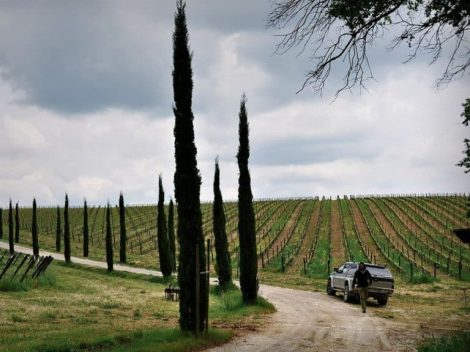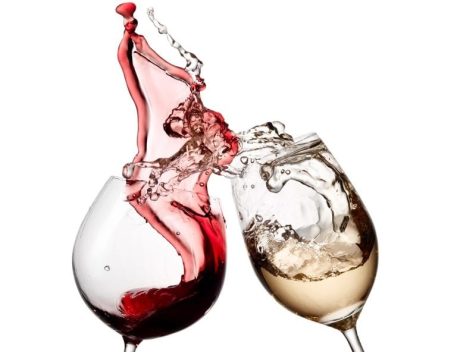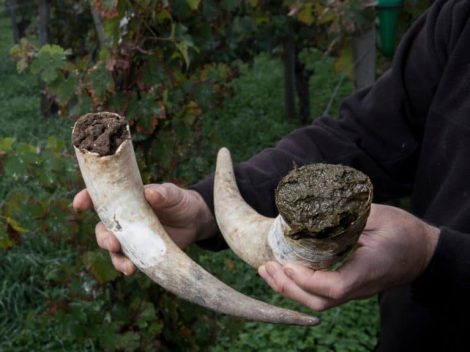The Montefalco Consortium is betting on Trebbiano Spoletino. The idea is to expand the Spoleto production area to the entire Montefalco DOC territory, allowing many producers to produce it and label it accordingly (which was not previously permitted). "In the coming weeks, we will submit the application to the Ministry," says Paolo Bartoloni, current president of the Montefalco Consortium. "From there, the bureaucratic process will begin, which will take several years, but that is the path we want to pursue. The goal is to reach 500,000 bottles of Spoleto Trebbiano Spoletino, achieved by combining the current production (around 225,000 bottles) with that of all Montefalco producers (about 115,000 bottles)."
The bet on Trebbiano Spoletino
This is an important signal in a wine region primarily associated with red varieties. Currently, white wine production in the area amounts to around half a million bottles, divided between Montefalco Grechetto (300,000 bottles) and Montefalco Bianco (115,000 bottles). Over the past 15 years, it has been discovered that Trebbiano Spoletino, an indigenous grape variety from the south of the region, can be very rewarding if properly cultivated and vinified with care. Hence the expansion of the production area and the protection entrusted to the Montefalco Consortium.
However, this is not an attempt to undermine the region's red wine tradition. "We have no intention of taking space away from the reds," clarifies Bartoloni. "Not only because of the work done to enhance Sagrantino and Sangiovese and other grapes traditionally grown in our area, but also because some wines (such as Montefalco Rosso) are experiencing unprecedented commercial success. With the promotion of Trebbiano Spoletino, the Montefalco Bianco DOC will be significantly reduced, but it is right to highlight the lesser-known Spoleto DOC, the true home of Trebbiano Spoletino."
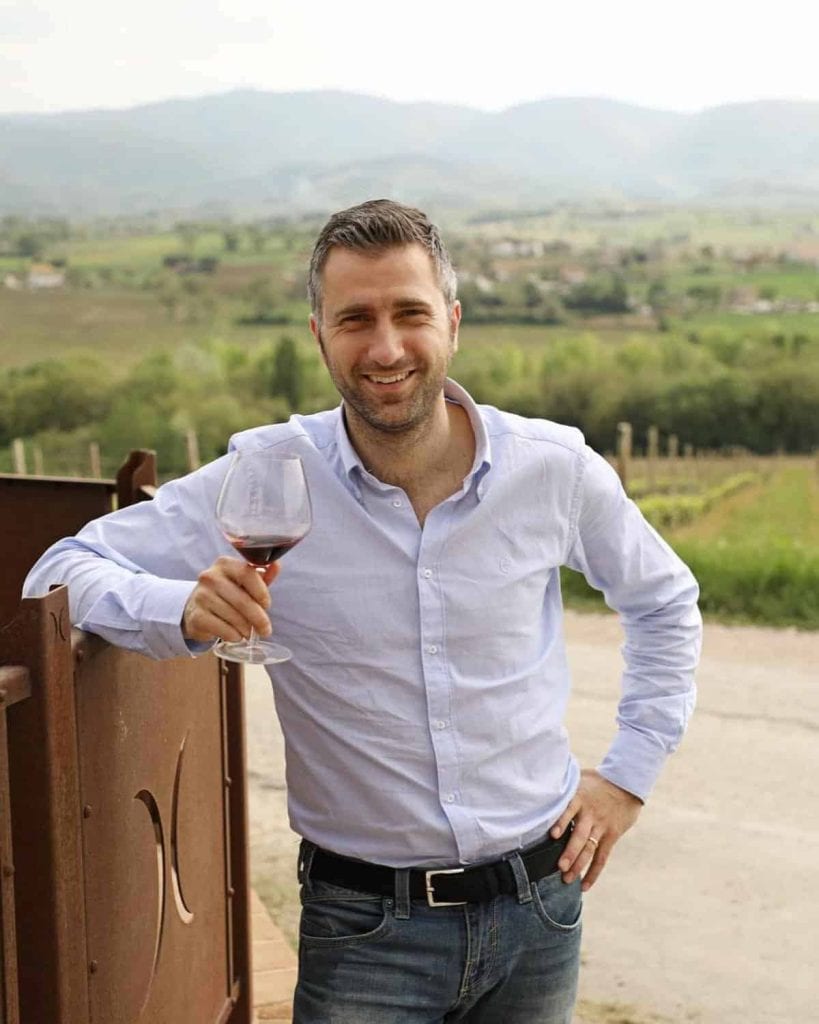
Towards a unified Regional Consortium?
On the red wine front, Sagrantino seems to be increasingly defined, moving towards a style with less extraction and structure, focusing on drinkability despite its significant tannic imprint. Then there is Montefalco Rosso, not a lesser sibling of Sagrantino but a completely different wine where Sangiovese plays a dominant role (at least 60% and up to 80%): its main characteristics are freshness and agility, which is why production stands at 2.5 million bottles (out of a total of 4 million reds) and is not affected by current market contractions.
In conclusion, Montefalco appears to be a very healthy territory, unified by the efforts of the Consortium, which is making the right moves and leading the entire region. It is no surprise that some are already talking about a unified regional consortium, with Montefalco, of course, leading the way.

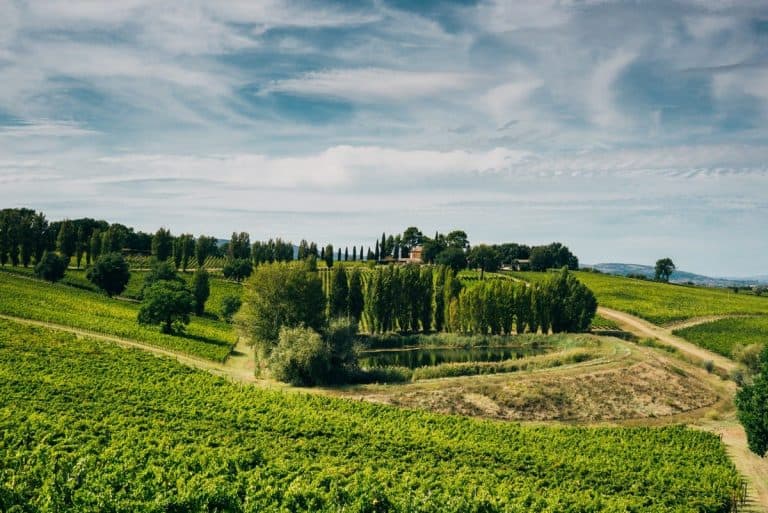
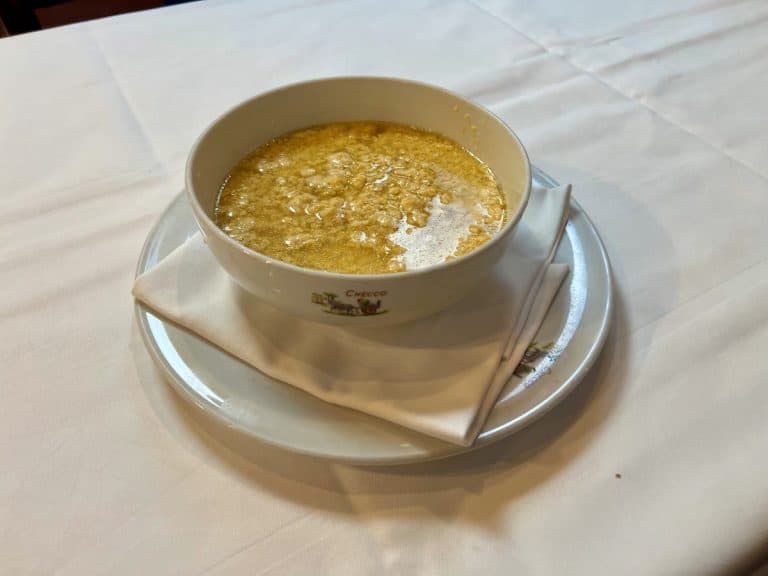 God Bless those who don’t forego Stracciatella on the evening of December 25th. Here’s the recipe from a renowned Roman trattoria
God Bless those who don’t forego Stracciatella on the evening of December 25th. Here’s the recipe from a renowned Roman trattoria Hidden in an old district of Perugia lies one of Italy's cosiest wine bars
Hidden in an old district of Perugia lies one of Italy's cosiest wine bars Christmas Eve dinner and Christmas Day lunch: festive traditions rooted in Solstice feasts
Christmas Eve dinner and Christmas Day lunch: festive traditions rooted in Solstice feasts George Washington had his secret recipe: here’s how Eggnog made a comeback in Europe
George Washington had his secret recipe: here’s how Eggnog made a comeback in Europe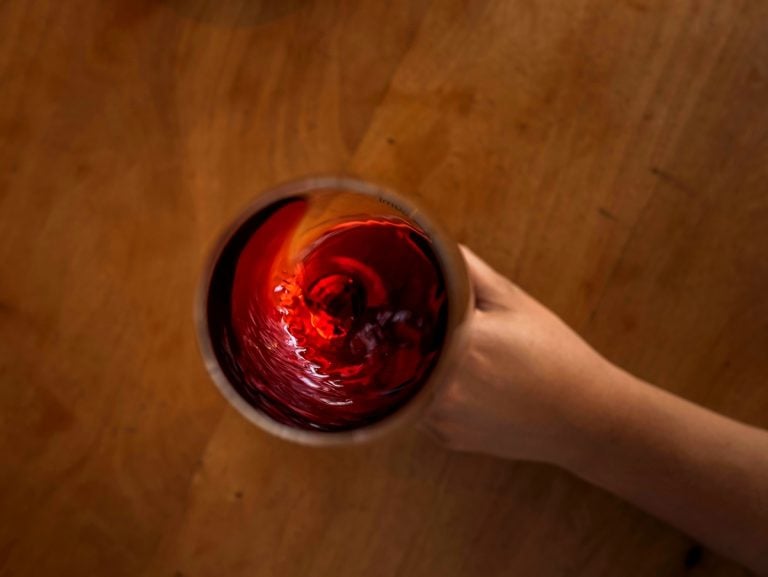 Historical breakthrough: Italy will also produce dealcoholised wines. Lollobrigida signs the decree
Historical breakthrough: Italy will also produce dealcoholised wines. Lollobrigida signs the decree